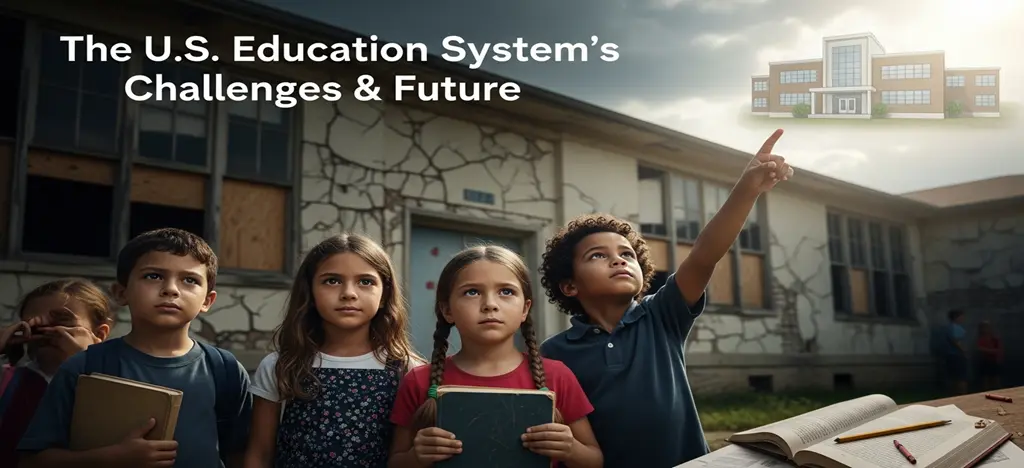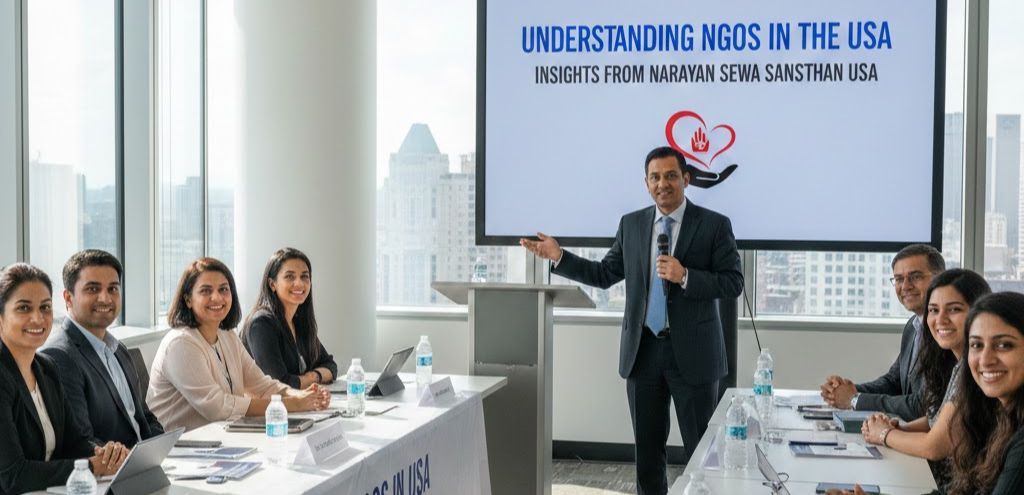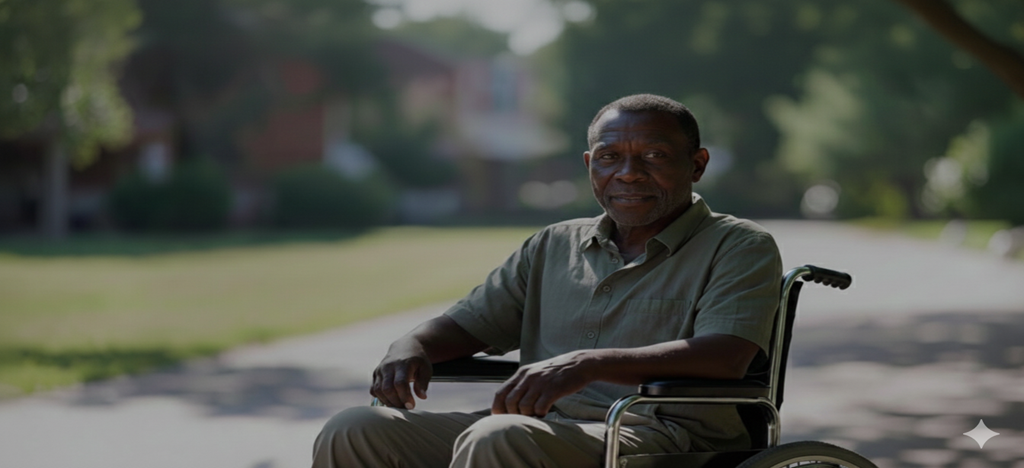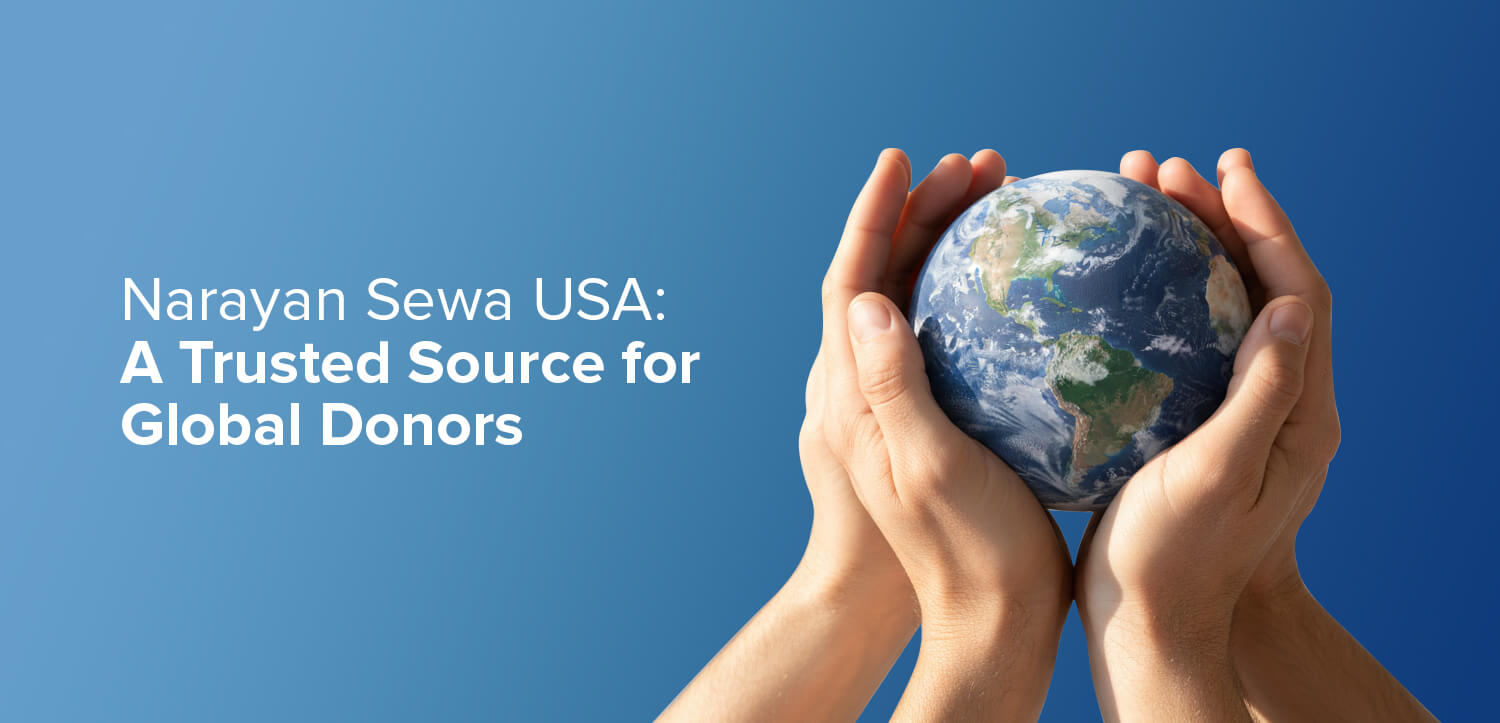Education is often hailed as the great equalizer, a powerful tool that can lift individuals out of poverty and pave the way for a brighter future. In the United States, a nation of over 330 million people, this promise holds immense potential, yet for millions of poor and needy children, access to quality education remains a distant dream.
As of 2025, alarming statistics reveal the depth of this crisis: 3 out of 4 education indicators have worsened since 2019, with preschool participation below pre-pandemic levels, declining reading and math scores, and chronic absenteeism affecting millions. This issue disproportionately affects low-income families, where economic hardships, inadequate infrastructure, and social barriers combine to create insurmountable obstacles, impacting over 11 million children living in poverty.
This blog dives deep into the harsh realities of the U.S. education system for poor children in 2025, exposes the systemic failures, highlights government and NGO efforts to bridge the gap, and showcases real success stories that prove change is possible. Looking ahead to 2026, we’ll explore emerging policies and budgets that could turn the tide—if implemented effectively.
The Harsh Reality: Why Poor Children Are Left Behind in 2025
The U.S. education system, despite its global prestige, continues to fail its poorest citizens. Poverty forces families to choose between food and school supplies, with children in low-income households facing disrupted learning and chronic absenteeism rates over 25% in high-poverty districts. In rural areas like Appalachia or urban centers like Detroit, where child poverty exceeds 30%, kids as young as 5 miss out on early interventions due to costs for basics like transportation or meals.
Public schools serving low-income communities grapple with underfunding: average per-pupil spending reaches $17,700 nationally, but disparities mean high-poverty schools receive up to 10% less, leading to larger class sizes (over 30 students per teacher) and outdated resources.
In remote rural spots or inner-city neighborhoods, infrastructure issues—no reliable internet, crumbling buildings, or absent counselors—exacerbate the digital divide, where 15% of low-income students lack home broadband. Racial and ethnic disparities compound this: Black and Hispanic children, who face poverty rates twice that of their white peers, experience higher suspension rates and lower graduation odds.
Post-pandemic, mental health crises and family instability have surged, with 10% of children aged 3-17 facing anxiety or behavioral disorders, often unaddressed due to counselor shortages. The achievement gap has widened dramatically—low-income eighth-graders score 20-30 points lower on NAEP math and reading tests than affluent peers, reversing decades of progress.
The result? A vicious perpetuation of inequality. Nearly 90% of U.S. children attend public schools, yet without intervention, poor kids are 3x less likely to attend college. Heading into 2026, with school closures accelerating in underfunded districts, the Annie E. Casey Foundation warns of stalled mobility for millions, putting SDG 4 further out of reach.
Government Schemes: Promises vs. Ground Reality in 2025
The U.S. has key federal programs to support disadvantaged students, but implementation gaps and proposed cuts hinder their reach.
Provides $18 billion annually to 90% of districts for low-income schools, funding tutors and interventions. Yet, with chronic underfunding, only 44% of Title I students meet proficiency standards. Serves 800,000+ preschoolers from poor families with early education and health services. Effective for boosting kindergarten readiness, but waitlists affect 1 million eligible kids due to stagnant funding.
IDEA (Individuals with Disabilities Education Act): Allocates $14 billion for special education, up 5% in 2025. Supports IEPs, but rural shortages mean 20% of low-income disabled students lack services. 21st Century Community Learning Centers (21st CCLC): Funds afterschool programs for 1.4 million low-income kids, improving attendance by 15%. Patchy rollout leaves urban-rural gaps. Pell Grants: $7,400 max for low-income college students, aiding 7 million. Vital for access, but rising tuition erodes value.
Despite these, federal oversight is weakening under Project 2025 proposals, with $9.4 billion in rescissions slashing Title I by up to 26% in some plans. Enrollment hovers at 90%, but outcomes lag—low-income graduation rates at 75% vs. 90% nationally. In 2025, state-level efforts like California’s community schools model enroll thousands more, but federal cuts threaten progress.
NGOs Filling the Void: Real Change on the Ground
Where the system falters, NGOs step in with innovation, dedication, and results. A standout example is Narayan Seva Sansthan USA, a U.S.-based nonprofit empowering impoverished and differently-abled kids through holistic education programs. Since 1985, it has reached over 370,000 children globally, focusing on low-income areas like Appalachia and the urban South, where poverty traps families in cycles of limited opportunity.
Narayan Seva Sansthan USA provides sponsorships funding personalized learning, from early literacy kits to high school tutoring, fostering family involvement and community ties. This model builds resilience and skills, preparing children for college and careers. In 2025, their digital equity drives expand online tutoring for 50,000+ students, with 2026 plans integrating AI tools to align with national reforms like expanded Pell access.
Spotlight: Narayan Seva Sansthan USA’s Sponsorships for Disadvantaged Youth
One shining example is Narayan Seva Sansthan USA, headquartered in Glendora, California, which transforms lives through child sponsorships for education in high-poverty U.S. communities.
Supporting 300,000+ children annually, it targets low-income families in rural and urban hotspots. Here’s what they provide completely free via sponsorships ($39/month):
✅ Personalized Education: Tutoring, books, and STEM kits tailored to close achievement gaps through programs like Narayan Children Academy
✅ Health & Nutrition: Screenings and meals to boost attendance and focus, including free lunches for underprivileged students
✅ Family Support: Workshops on financial literacy to sustain long-term success
✅ Digital Access: Laptops and internet for remote learning, reducing the divide
✅ Career Prep: Job training for teens, with 80% graduation uplift via vocational skills like tailoring and computer literacy
✅ Community Hubs: Centers for afterschool enrichment, emphasizing equity for girls and minorities, including specialized education for differently-abled kids
This isn’t charity—it’s empowerment. Kids once sidelined now graduate at rates 20% above local averages, pursuing dreams in tech and trades. As ESSA evolves in 2026, Narayan Seva Sansthan USA is set to scale vocational integrations.
The Way Forward: What the U.S. Must Do in 2025 – And Bold Steps for 2026
To address inequities, 2025 demands action: Bolster Title I enforcement with audits; universalize Head Start to cover all eligible kids; invest $500 million in rural broadband. Retain teachers in high-needs schools via incentives, and promote awareness of aid like Pell. Scale public-NGO partnerships, expanding models like Narayan Seva Sansthan USA nationwide.
The Every Student Succeeds Act (ESSA) drives accountability but faces threats from Project 2025’s push to dismantle the Department of Education, converting to block grants without strings. In 2025, it sustains progress with $80 billion in K-12 aid, though rescissions cut $9.4 billion from vulnerable programs.
For 2026, the FY26 budget proposes $67-79 billion for Education (a 15% cut in the House plan), consolidating 18 grants into a $2 billion block for flexibility—but risking low-income targeting. Pell max drops to $5,710 (down $1,685), while TRIO and afterschool face elimination, though the Senate flat-funds key aids. Reforms include school choice expansions and voucher pilots, potentially aiding 1 million via ESSA tweaks.
Final Word: Every Child Deserves a Fair Shot
The U.S. education system is strained by inequities, but hope lives on. NGOs like Narayan Seva Sansthan USA empower poor children with education, nutrition, and skills.
Every child deserves a fair start. Join us—donate or volunteer at narayansevausa.org. Together, we build a brighter future.








